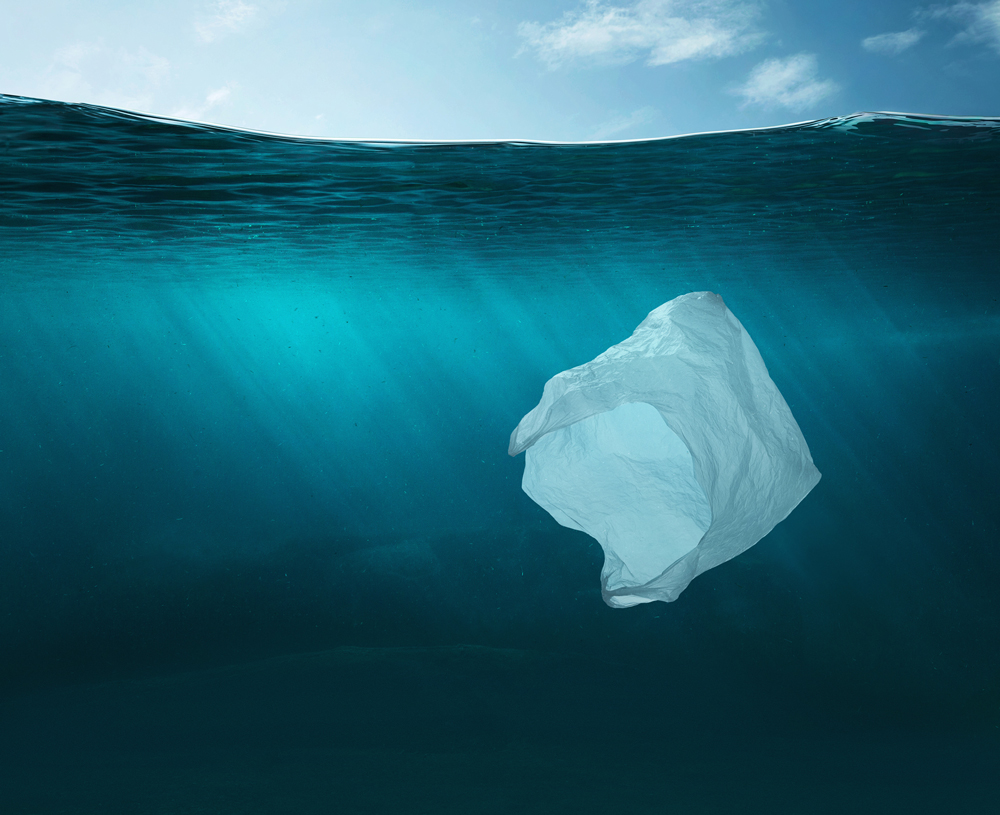
by Tyler Koke
If you’ve participated in beach cleanups with Surfrider, you’ve probably done your fair share of trash sorting. It’s not uncommon for cleanup crews to sort the litter they find post-collection. Trash can be sorted by categories like plastics, styrofoam, smoking-related items, etc. The largest offending categories such as plastic can be further subdivided into categories such as bags, straws, caps, and more.
But why do we sort the litter? Does it actually help?
Yes, sorting litter does help! People don’t sort litter just to compare who found the strangest piece of junk on the beach (although I’m very proud of the eyepatch we once found). It serves a purpose. Sorting litter provides us with an idea of which items are the most notorious pollutants. When we know what the worst pollutants are, we can figure out where they’re coming from. Most importantly, when we know the sources of pollution, we can make more informed decisions to help prevent it.
These kinds of data analytics are what drove the massive effort to ban the plastic bag in California. Prop 67 was backed up by vast amounts of data collected from beach cleanups all over the state. Before the ban, plastic bags always showed up in our beach cleanups. People took notice and select cities began to ban single-use plastic bags. As cities began to ban the plastic bag, they uncovered new positive reflections in the data from their cleanups. San Jose was one of the first cities to see convincing results from their plastic bag ban. A year after their plastic bag ban was enacted, San Jose saw a 76% reduction in creek and river plastic bag litter, a 59% drop in park and roadside plastic bag litter, and a 69% reduction in plastic bag litter in storm drains. This was great evidence that the ban was working. Not only does debris collection data allow us to figure out what the problems are, it allows us to show that our proposed solutions to the problems are working.
These bag ban success stories paved the way for more legislation. As time went on and more data was collected, more and more cities began to ban the plastic bag and see the same trends. A statewide ban was eventually instituted in 2016 and the results have been nothing short of incredible. In 2010 plastic bags made up over 7% of litter found on Coastal Cleanup Day, but by 2017 that percentage had been cut in half. Plastics bags are a shadow of their former selves at our beach cleanups and their presence will not be missed. But just because we’ve knocked plastic bags down a peg doesn’t mean the sorting can stop.
So what are we finding now? One of the answers is straws.
Straws have been a scourge of the beach. Half a billion straws are used and thrown away every day. And it doesn’t matter where they’re thrown because a large majority of these straws are non-recyclable. Any way you slice it, they’re either going to end up in a landfill or floating around with the fish in the ocean.
But thanks to continued debris data collection, people have begun to realize exactly how damaging straws are to the environment. Multiple campaigns to ban straws are starting to pop up around the globe. Cities such as Manhattan Beach have enacted their own straw bans and others are following suit. Corporations are issuing remedies to the problem as well. On July 9th, Starbucks announced it plans to eliminate plastic straws from its stores globally by 2020. Imagine all the people who sip their mocha frappuccinos through that green straw. All those straws will be eliminated from circulation. It’s fair to say this business move will have a fantastic impact on the environment.
There are ways you too can help eliminate single-use plastic straws. Check out some of the coalitions which are working to promote straw bans such as thelastplasticstraw.org and lasucks.org
Or you can check out the Surfrider activist toolkit.
And next time you’re sorting out straws from cigarette butts on the beach, remember, there’s a method to the madness.

